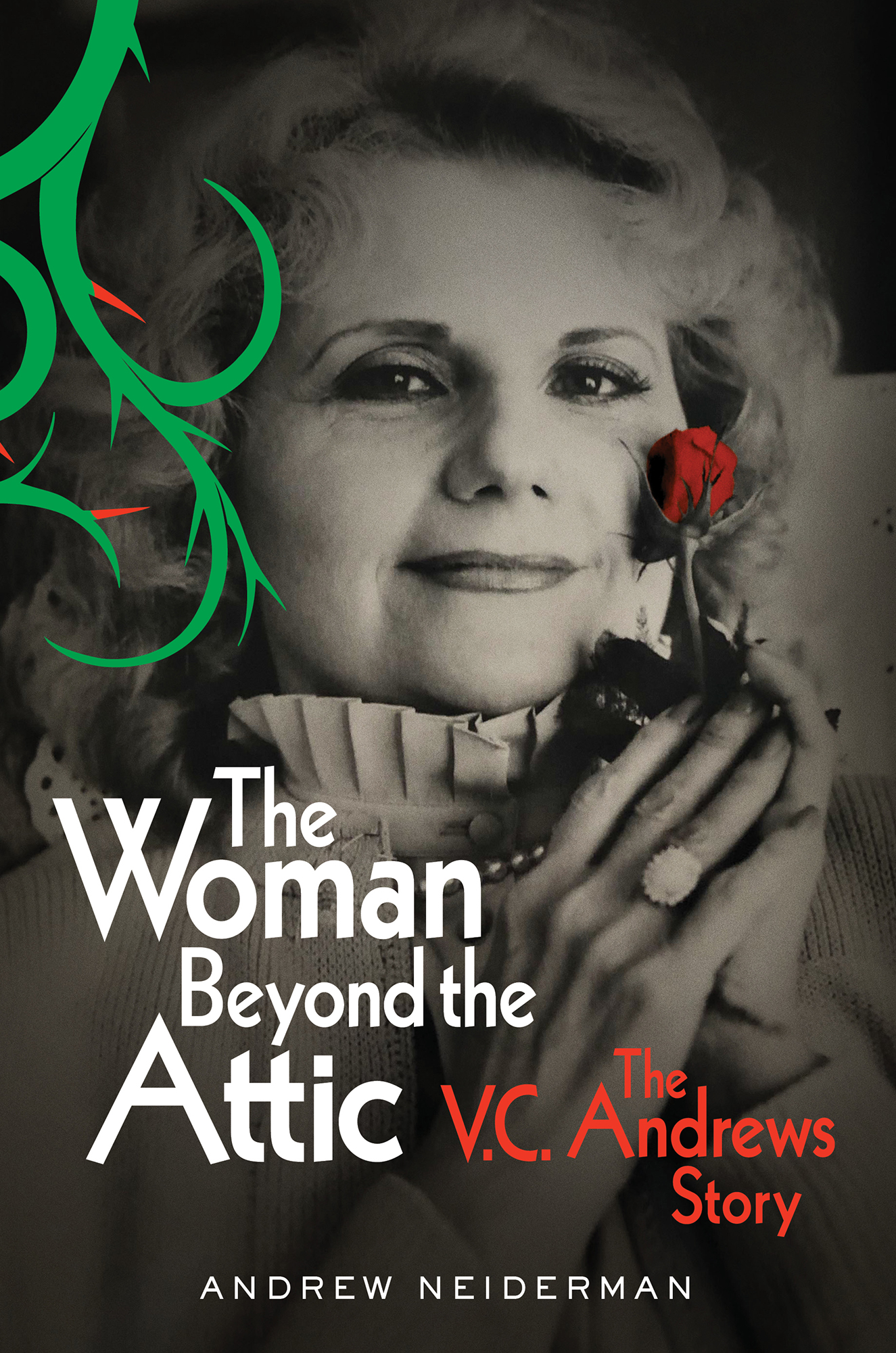Contents
Guide
The Woman Beyond the Attic
The V.C. Andrews Story
Andrew Neiderman

Gallery Books
An Imprint of Simon & Schuster, Inc.
1230 Avenue of the Americas
New York, NY 10020
www.SimonandSchuster.com
Copyright 2022 by Andrews Productions, LLC
All rights reserved, including the right to reproduce this book or portions thereof in any form whatsoever. For information, address Gallery Books Subsidiary Rights Department, 1230 Avenue of the Americas, New York, NY 10020.
First Gallery Books hardcover edition February 2022
GALLERY BOOKS and colophon are registered trademarks of Simon & Schuster, Inc.
For information about special discounts for bulk purchases, please contact Simon & Schuster Special Sales at 1-866-506-1949 or .
The Simon & Schuster Speakers Bureau can bring authors to your live event. For more information or to book an event, contact the Simon & Schuster Speakers Bureau at 1-866-248-3049 or visit our website at www.simonspeakers.com.
Interior design by Erika R. Genova
Jacket design by Anna Dorfman
Cover photograph courtesy of the estate of V. C. Andrews
Author photograph courtesy of the author
Library of Congress Cataloging-in-Publication Data
Names: Neiderman, Andrew, author.
Title: The woman beyond the attic : the Virginia Andrews story / Andrew Neiderman.
Description: First Gallery Books hardcover edition. | New York : Gallery Books, 2022. | Includes bibliographical references and index.
Identifiers: LCCN 2021045634 (print) | LCCN 2021045635 (ebook) | ISBN 9781982182632 (hardcover) | ISBN 9781982182656 (ebook)
Subjects: LCSH: Andrews, V. C. (Virginia C.) | Authors, American20th centuryBiography. | Women novelists, AmericanBiography. | Authors with disabilitiesBiography.
Classification: LCC PS3551.N454 Z73 2022 (print) | LCC PS3551.N454 (ebook) | DDC 813/.54dc23/eng/20211027
LC record available at https://lccn.loc.gov/2021045634
LC ebook record available at https://lccn.loc.gov/2021045635
ISBN 978-1-9821-8263-2
ISBN 978-1-9821-8265-6 (ebook)
For my daughter, Melissa, without whose assistance I could not have done this
F OR V IRGINIA
Ah Death
How pathetic you look enjoying your moments of power
And then retreating to that darkness where you curl up
Friendless and despised.
How frustrated you must be
Watching my continual resurrection
With every new reader
Turning my pages.
Andrew Neiderman
preface
O VER THIRTY-FIVE YEARS AGO , I was at a business lunch in New York City with my then literary agent, Anita Diamant. Before we were too deep into a discussion of my own latest published thriller, she paused and said, I think were going to ask you to complete a V.C. Andrews novel.
Anita went on to describe the book as the prequel to Flowers in the Attic and explained that the latest medical reports concerning Virginia Andrews were not promising.
Needless to say, I was quite surprised. However, after digesting the information and the lunch, I drove back to my home in the village of South Fallsburg in the Catskill Mountains and told my wife what my agent had suggested. My wife, Diane, was a big fan of the Dollanganger family series, especially Flowers in the Attic, which I had not yet read. She had been talking about the book to the point of it haunting me. I had intended to find out what it was, and then came this proposal.
Diane was even more excited about it than I was. To me, the possibility of continuing such a massive presence in the publishing world was daunting. At the time I began, there were approximately 26 million copies of V.C. Andrews novels in print. Currently, there are over 107 million, and that number continues to grow.
Anita had thought of me for this task because through her agency, I had published a number of thrillers involving family intrigue and relationships, as well as young characters. The first novel I had ever published, Sisters, was a thriller told from the point of view of the older sister. Six out of the seven V.C. Andrews novels published by that point featured a female narrator. Whenever Im asked how a male can capture the point of view of a female, I give the famous answer for all creativity, expressed in the movie Shakespeare in Love: Its a mystery.
Another reason Anita turned to me was the fact that while I was publishing, I was still teaching, and one of the courses I taught was creative writing. That experience enabled me to study style and thus potentially capture someone elses. Virginias style, her development of family crises and intrigue, and her attention to settings remain a source of pleasure and interest for innumerable readers.
Now, after well over forty years of V.C. Andrews novels published worldwide and over a dozen film adaptations of the works, with many more on the horizon, it felt like time to present Virginia Andrewss biography, especially because there was so much misinformation about her and her career, as well as so many conjectures concerning the origins of her stories and the basis for her characters. Literally millions of fans worldwide continuously debate and wonder about the details of her life because she was so private.
How disabled was she? How was it possible for her not only to write the novels but also to promote them? Were her books based on her life or her family? She was living alone with her mother? Did she use her mother as an audience ever? Was there someone outside the family who encouraged her, perhaps a boyfriend? Why didnt she publish earlier? When had she actually started to write? What did she think of other writers?
We can immediately say that by Virginias own admission, part of what made her so private and seemingly reticent about what she would reveal about herself, especially later in life, is seen in her personal letters, her interviews, and the testimony of her family. Although she rarely revealed it in public, nothing better illustrated how much she hated being viewed as different, someone to pity, than her reaction to the People magazine interviewer and article. She thought the piece capitalized on her disability and portrayed her as an eccentric recluse. This particular interview in People in 1980, in her opinion, had been constructed in such a way as to make her look unattractive and even, in her mind, horrifying. She was especially sensitive to the question of her age; by the time Flowers in the Attic was published on November 15, 1979, Virginia had celebrated her fifty-sixth birthday. The late 70s was not a time that celebrated late-life accomplishmentsespecially for womenin a way that might be more common nowadays.
Writer and horror critic Douglas E. Winter, in his collection of interviews titled Faces of Fear, excavated from Virginia one of her best and most honest comments about this: When I was young, I made some new friends and they liked me a lot. They asked me my age, and when I said nineteen, they seemed disappointed I wasnt sixteen. I decided then that I was never going to tell my age again. People judge you by your age. If you are young, youre immature or impulsive, and if you are old, you must be senile and dotty. She went on to admit, I get older and younger as I want. It bothers me that people dig so much into your life for all the wrong reasons.

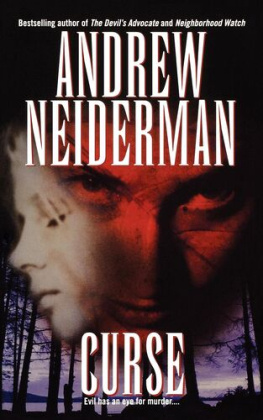


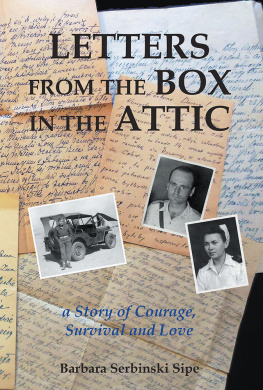
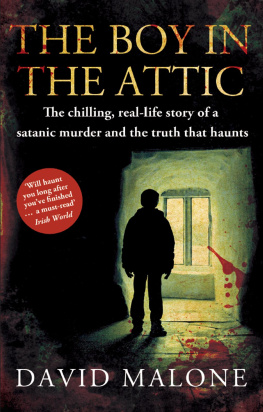
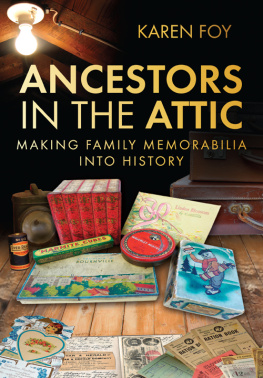
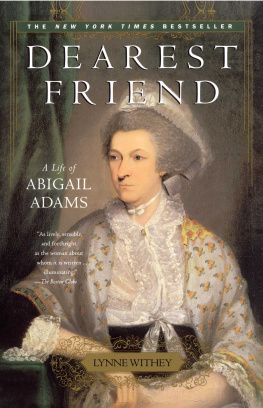
![V. C. Andrews [V. C. Andrews] - Dollenganger 01 Flowers In the Attic](/uploads/posts/book/57457/thumbs/v-c-andrews-v-c-andrews-dollenganger-01.jpg)
